Urban redevelopment has become an increasingly popular strategy in the real estate industry as cities face space shortages, rising property values, and a growing demand for more sustainable living and working spaces. In this 5000-word blog, we’ll explore the intricacies of urban redevelopment, particularly focusing on transforming dilapidated properties into prime real estate. Whether you’re a developer, investor, or city planner, understanding the redevelopment process and the benefits it can offer is essential for staying ahead in the competitive real estate market.
1. Introduction: The Need for Urban Redevelopment
Urban areas are constantly evolving, and cities often face the challenge of underutilized or deteriorating properties that hinder growth and development. Urban redevelopment presents an opportunity to rejuvenate these areas, providing new housing, commercial spaces, and amenities while reducing the environmental impact of constructing entirely new buildings. This section introduces the concept of urban redevelopment, its importance, and how it plays a vital role in the revitalization of cities.
- The Urbanization Trend: Understanding why cities are growing and the pressures they face.
- The Role of Redevelopment: How urban redevelopment helps manage these pressures while providing economic benefits.
- Economic, Social, and Environmental Impact: The broader impact that urban redevelopment has on communities and the environment.
2. Identifying Potential Redevelopment Opportunities
Not all old or dilapidated properties are suitable for redevelopment, so identifying the right ones is crucial. This section will delve into the process of determining which properties have the potential for redevelopment, from assessing the structural integrity of the property to evaluating the surrounding neighborhood’s growth potential.
- Site Analysis: How to assess the condition of buildings, including structural health and environmental concerns.
- Neighborhood Assessment: Evaluating the growth potential of the area, local demographics, and infrastructure development.
- Legal Considerations: Understanding zoning laws, historical preservation requirements, and other legal challenges involved in redevelopment.
3. Understanding the Financials of Urban Redevelopment
Redeveloping an urban property is a substantial financial commitment. This section explores how to calculate the costs, risks, and potential profits of redevelopment, and how to secure financing for such a project.
- Cost Breakdown: What to expect when calculating the costs of redevelopment, including demolition, construction, and permits.
- Risk Assessment: Identifying and managing risks, such as project delays, cost overruns, or unexpected structural issues.
- Financing Options: Exploring funding sources, including loans, grants, and investment partners for redevelopment projects.
- Financial Models: How to develop financial projections to estimate return on investment (ROI) and evaluate the viability of the project.
4. Sustainable Redevelopment: Green Building Practices and Materials
Sustainability is becoming a key component of all real estate development, including urban redevelopment. This section explores how developers can integrate sustainable practices and eco-friendly materials into their projects to create energy-efficient, environmentally conscious buildings that appeal to modern tenants and buyers.
- Energy-Efficient Design: Using energy-efficient systems, including heating, cooling, lighting, and insulation.
- Sustainable Materials: Sourcing eco-friendly construction materials that reduce the building’s carbon footprint.
- Green Certifications: Exploring certifications like LEED (Leadership in Energy and Environmental Design) and how they add value to the redevelopment project.
- Building for the Future: Designing buildings with future generations in mind, including adapting to climate change and future-proofing against rising energy costs.
5. The Planning and Approval Process
Urban redevelopment projects often involve navigating complex regulatory processes. This section breaks down the critical steps involved in getting the necessary approvals from local governments, including zoning changes, permits, and community consultations.
- Zoning and Land Use Changes: Understanding the process of applying for zoning changes or variances and how to present your redevelopment proposal to local authorities.
- Building Permits and Codes: The importance of complying with local building codes and securing the necessary permits before starting construction.
- Community Engagement: Engaging with the local community to address concerns and gain support for the redevelopment project.
- Environmental Impact Assessments: Conducting the required environmental reviews to ensure that the redevelopment will not have adverse effects on the local ecosystem.
6. Construction and Project Management
Once financing and approvals are secured, construction begins. This section covers the practical aspects of managing the construction process for an urban redevelopment project, including contractor selection, timelines, and overseeing quality control.
- Choosing Contractors and Subcontractors: How to select reputable contractors who specialize in redevelopment projects.
- Project Management Tools: The tools and software available to help manage timelines, budgets, and construction workflows.
- Managing Delays and Budget Overruns: How to handle unexpected challenges and keep the project on schedule and within budget.
- Quality Control: Ensuring that construction meets the required standards, including materials, craftsmanship, and safety regulations.
7. Marketing and Selling/Renting Redeveloped Properties
Once the redevelopment is completed, it’s time to market the newly developed properties. Whether you’re selling or renting the units, effective marketing is key to ensuring the success of the redevelopment project.
- Target Market Analysis: Identifying the right target market for the redeveloped property based on location, demographics, and demand.
- Effective Marketing Strategies: How to market redeveloped properties, including digital marketing, social media campaigns, and traditional methods like open houses and community events.
- Staging and Presentation: The importance of staging properties for sale or rent, highlighting the newly upgraded features.
- Leasing or Selling: Deciding whether to lease the properties for long-term returns or sell them for immediate profit, and understanding the pros and cons of each approach.
8. Long-Term Property Management
Urban redevelopment often leads to long-term real estate holdings that require effective management. This section explores how to manage properties post-redevelopment to ensure their continued success and profitability.
- Property Maintenance: Ensuring that the buildings remain in good condition through regular maintenance and repairs.
- Tenant Relations: How to maintain good relationships with tenants, including handling complaints, ensuring safety, and addressing needs quickly.
- Renovations and Upgrades: How to plan for future renovations or upgrades as the property ages.
- Revenue Optimization: Strategies for maximizing rental income, minimizing vacancies, and maintaining a high level of occupancy.
9. Case Studies: Successful Urban Redevelopment Projects
This section provides real-life examples of successful urban redevelopment projects, highlighting lessons learned and strategies that contributed to their success.
- Case Study 1: A transformation of an old factory into luxury apartments and commercial spaces.
- Case Study 2: Redeveloping a historic building while preserving its cultural significance.
- Case Study 3: Revitalizing a once-neglected neighborhood with mixed-use developments that have brought economic growth and social benefits.
10. Conclusion: The Future of Urban Redevelopment
The final section will discuss the future of urban redevelopment, including the challenges and opportunities that lie ahead for developers. As cities continue to grow, redevelopment will play an essential role in creating livable, sustainable, and thriving communities.
- The Role of Technology: How smart cities and emerging technologies will shape future redevelopment projects.
- Continued Sustainability: The growing importance of integrating sustainable practices into redevelopment projects to meet environmental goals.
- Adapting to Changing Demands: How to adapt redevelopment strategies to meet shifting demands for housing, commercial space, and amenities


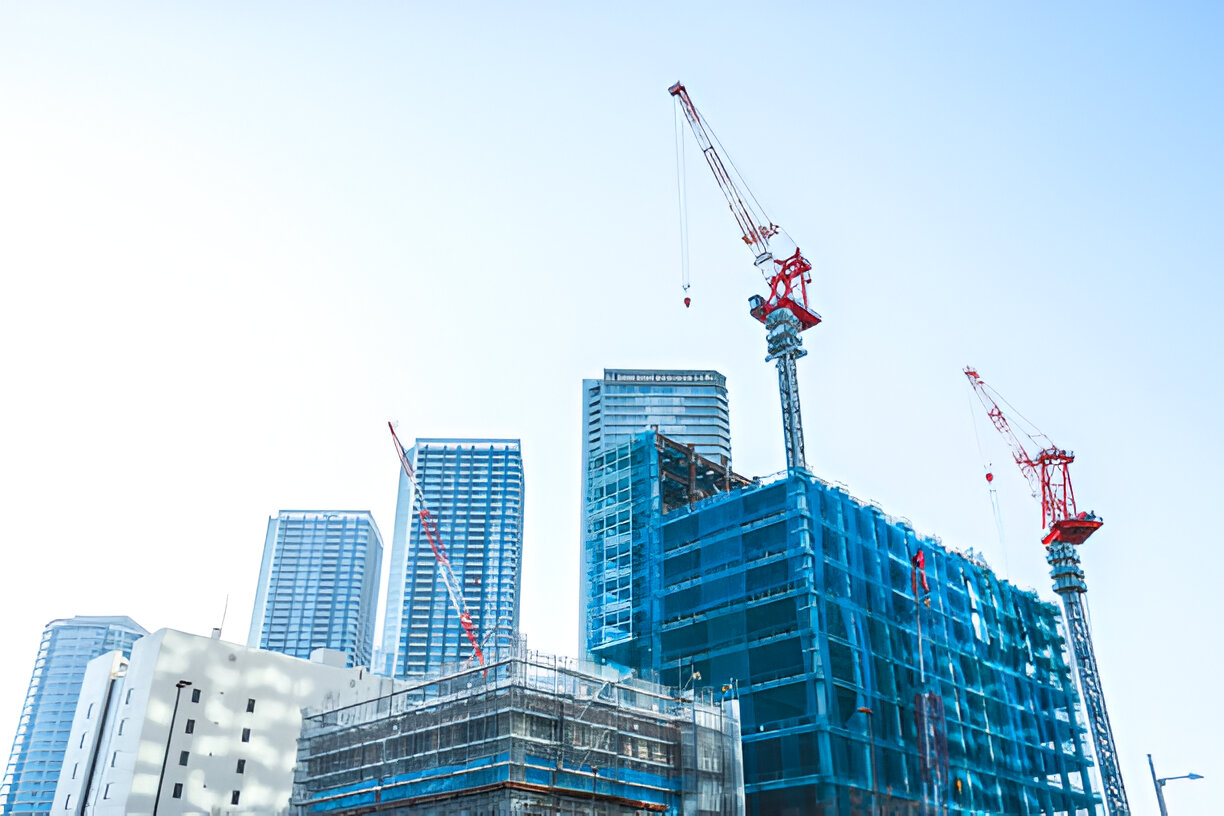













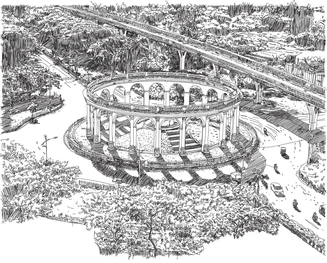
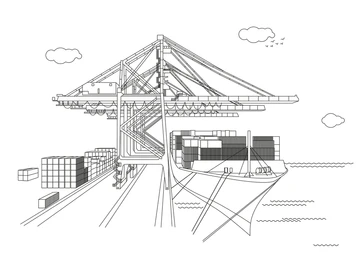
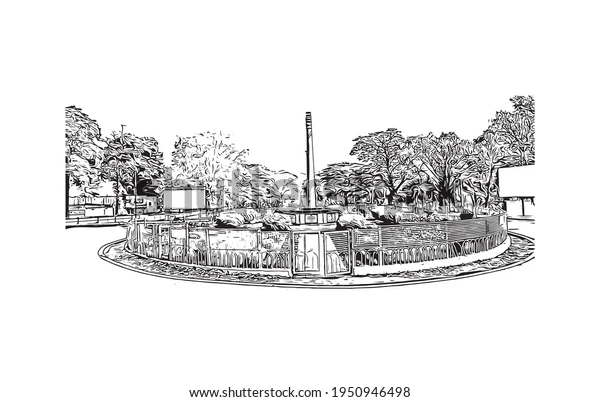


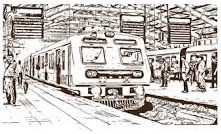
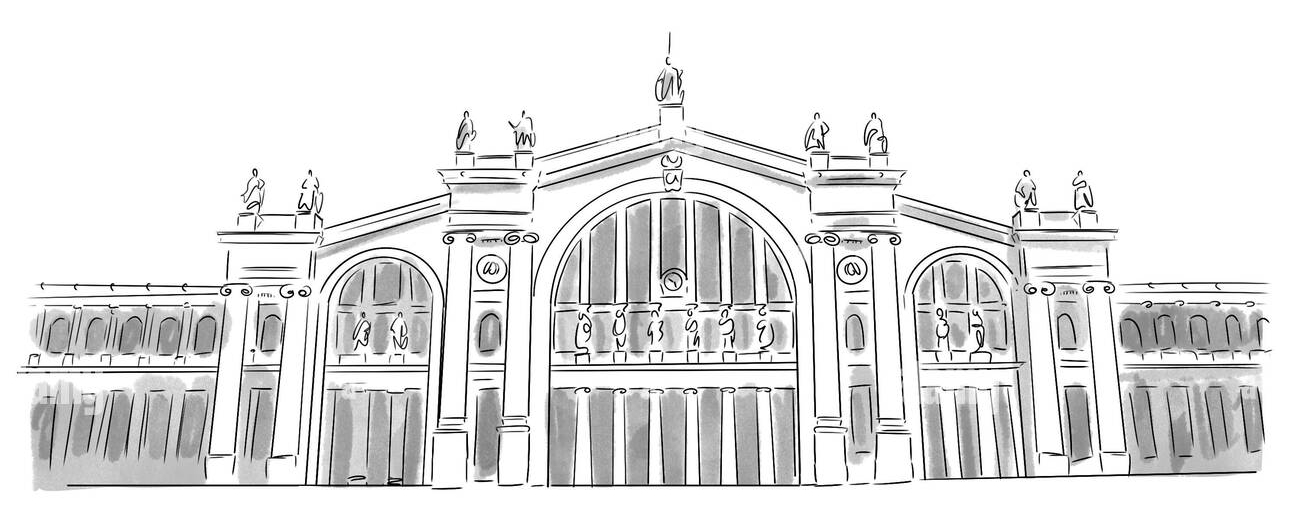

Join The Discussion